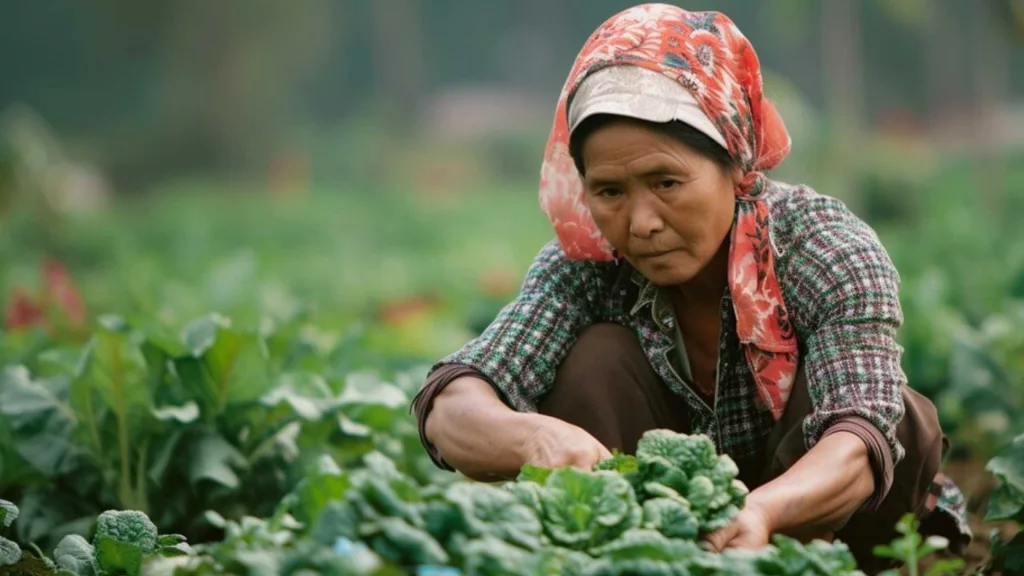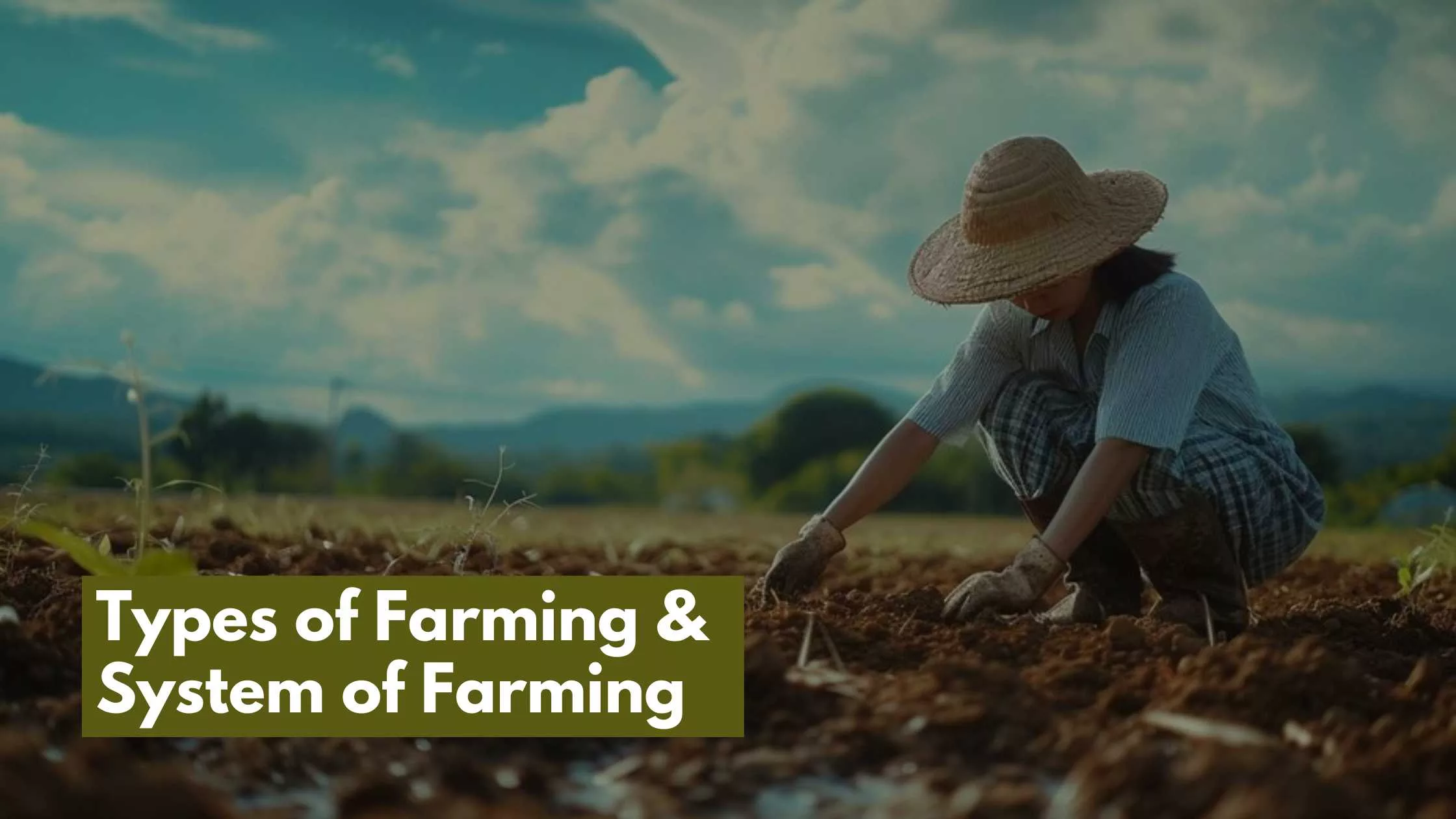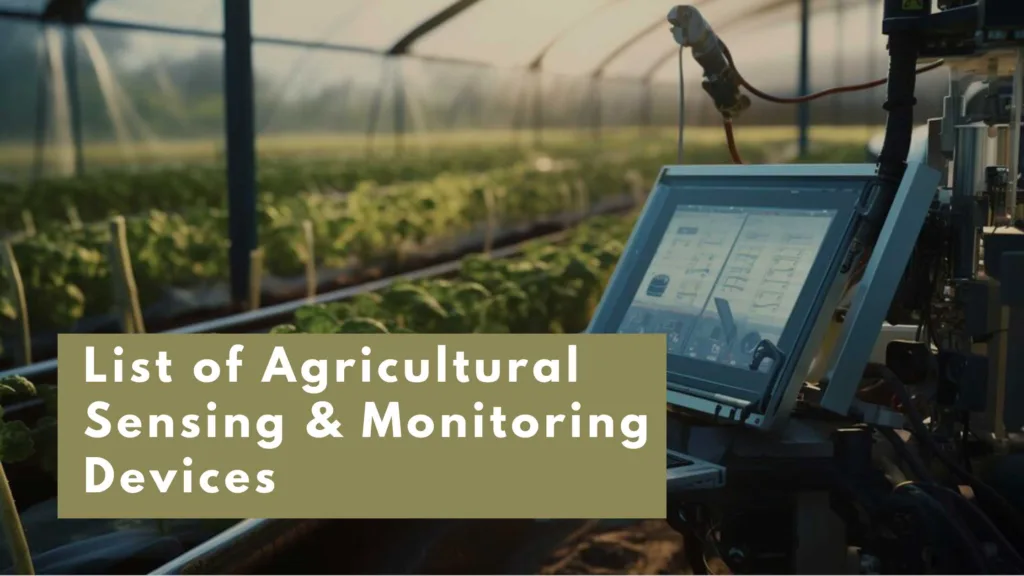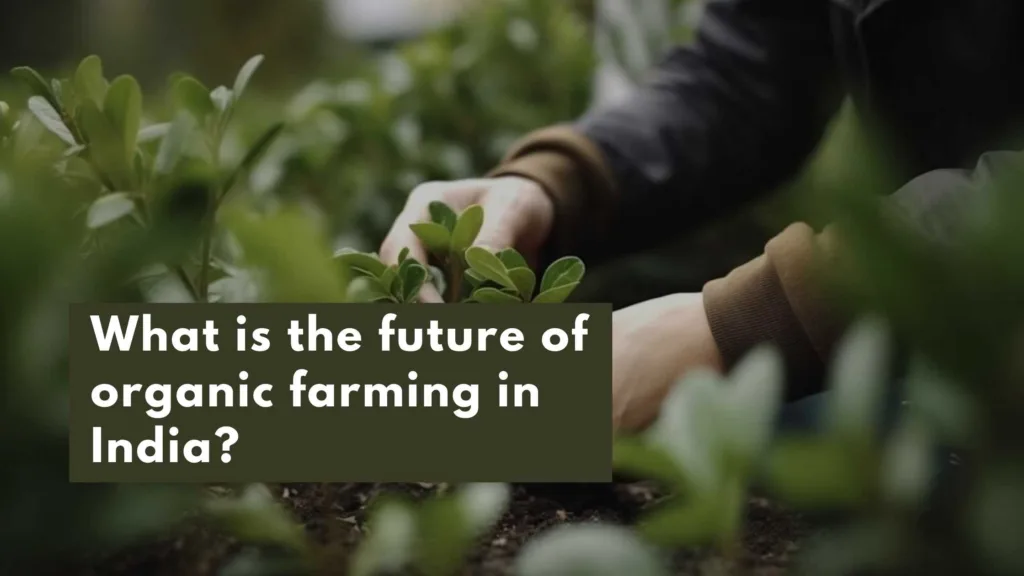Introduction
Farming is cultivating crops and raising animals for food, fibre, and other products. It is a fundamental human activity practised for thousands of years and is essential for food security and economic development.
There are various types and systems of farming, each with its unique characteristics, methods, and objectives. Some common types of farming include traditional farming, subsistence farming, commercial farming, organic farming, mixed farming, and agroforestry.
Traditional farming is the oldest and most primitive system, relying on conventional methods and practices. Subsistence farming involves the cultivation of crops and raising animals for the farmer’s own consumption and that of their immediate family. Commercial farming involves large-scale farming, modern technology, and the application of commercial fertilizers and pesticides.
Organic farming relies on natural methods and techniques to cultivate crops and raise animals and prohibits synthetic fertilizers, pesticides, and GMOs. Mixed farming involves the simultaneous cultivation of crops and the raising of animals, and agroforestry consists of the combination of trees and crops or livestock on the same piece of land.
Types of Farming
Each farming system has advantages and disadvantages, and farmers often choose a system based on their resources, goals, and environmental conditions.
Traditional farming
This type of farming involves using traditional methods and practices such as hand tools, human labour, and natural fertilizers. Small-scale farmers usually practice traditional farming that earns low yields and low productivity.
Subsistence farming
This farming system involves the cultivation of crops and raising animals for the farmer’s own consumption and that of their immediate family. Farmers often sell surplus produce in local markets.
Commercial farming
Commercial farming is a type of farming that is associated mainly with profit. This farming system involves large-scale farming, using modern technology and the application of commercial fertilizers and pesticides. Commercial farmers usually produce crops or raise livestock for sale in national and international markets.
Organic farming
Organic farming relies on natural methods and techniques to cultivate crops and raise animals. It prohibits the use of synthetic fertilizers, pesticides, and GMOs. Organic farmers produce crops or raise livestock for local markets at premium prices.
Mixed farming
This type of farming involves the simultaneous cultivation of crops and the raising of animals. It is usually for small to medium-sized farms and aims to maximize farm productivity and income.
Agroforestry
This system involves the combination of trees and crops or livestock on the same piece of land. It promotes sustainable land use, soil conservation, and biodiversity.
Aquaculture
Aquaculture is farming aquatic organisms such as fish, shellfish, and seaweed. It involves using tanks, ponds, or cages to raise these organisms for food or other products.
Hydroponics
Hydroponics is a soilless farming method that involves cultivating plants in a nutrient-rich solution. It is usually for urban areas where there is a land limitation.
Vertical farming
Vertical farming involves the use of vertical layers or shelves to grow crops in an indoor environment. Urban farmers usually use it in urban areas to utilize spaces and to reduce transportation costs.
Each farming system has advantages and disadvantages, and farmers often choose a system based on their resources, goals, and environmental conditions.
Factors affecting types of farming
Many factors affect the types of farming, some of which are
• Interaction and product relationship
• One crop season and length of the sowing season
• Resources available to the farmer
• Farm size
• Risk & uncertainty
• Types of land and value
• Transport facility
• Business skills and the relative price of farm product
• Long investment and size economy
Systems of farming

Peasant farming
In this farming system, the farmer is the manager and planner who practices farming in his own way. Farmers get the help of family members in planning and agriculture. The objective of this farming is to fulfil the needs of the family rather than to maximize production.
Capitalistic farming
The main objective of this farming is to maximize profit. Farmers use improved technologies and methods to operate in extensive farm areas. Individual entrepreneurs or capitalists control and manipulate farming activities.
State farming
The government manages this farming system. It helps with farm research, demonstrations, and producing quality seeds.
Corporate farming
The corporate sector operates the practice. In this system, the corporate sector selects the large land and capital to operate farming.
Joint farming
Two or more farmers jointly carry out agricultural practices by merging their resources and dividing the profit according to their decided promise.
Collective farming
In this farming, multiple farmers collectively run their farming as a joint enterprise. It is an agricultural cooperative in which farmers jointly engage in agriculture.
Cooperative farming
All the member farmers do voluntary farming by pooling their land, labour, and capital to earn mutual benefit.
Factors affecting the system of farming
Many factors affect the system of farming. Here are a few to mention:
• Farm tenancy
• Farm lease, ownership, group farming desire
• Economic use of land
• Incentive to cooperative
Conclusion
Many farming types and systems have unique characteristics, objectives & methods. Each farming system has advantages and disadvantages, and farmers often choose a system based on their resources, goals, and environmental conditions. It is essential to consider sustainable farming practices that maintain soil health, conserve biodiversity, and minimize environmental impacts.




Your point of view caught my eye and was very interesting. Thanks. I have a question for you.